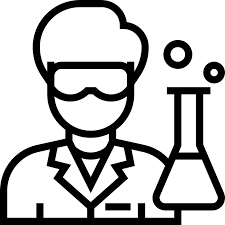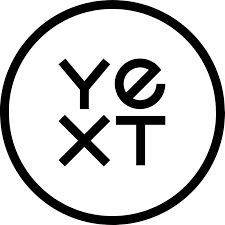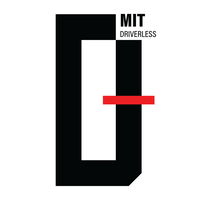
Methods to Analyze Spatiotemporal Dynamics of Electrochemically Recorded Striatal Dopamine
Motivated by the severe health implications of dopamine neurotransmitter dysregulation (among many, Parkinson's and Huntington's diseases), and leveraging existing research, this thesis aims to improve an existing framework and workflow, while setting the foundation for future research, for dopamine analyics in the brain's striatum area. It explores the unanswered question of spatial heterogeneity within the region and sets automated workflows for future studies. It can be found here .

Teaching Assistant for Intro to Computer Science (MIT 6.00)
I have been involved in the introductory computer science course at MIT for three consecutive years. I worked as a Lab Assistant for two years, and capped off my Master's Degree as a Teaching Assistant. Duties for these positions included holding several weekly office hours, creating problem sets and exams, and managing logistics for the 500+ students class.

Technology Associate Intern at Bridgewater Associates
During summer 2020, I've worked as a Technology Associate intern for Bridgewater Associates, in CT. During the two-and-a-half month long internship, I worked in the Trading Technology team, where I spearheaded a project focused on creating a new feature for their investment logic. Besides designing and implementing it, this effort also included updating the utilized opensource rules engine NRules - a change that was eventually carried out to production (on Bridgewater's end) and published (on Github's end).

Software Engineering Intern at Yext
During summer 2019, instead, I've worked as a SWE intern for Yext, in New York City. There, I worked in a team along with five full-time engineers, and participated in five 2-weeks long sprints. Rather than on an own project, at Yext I worked as if I were a full-time engineer, picking up many tasks that highly varied from creating server endpoints, to working on web extensions as well as user features.

Computer Vision Engineer at MIT Driverless
In the Fall and IAP (January Term) 2019, I worked as a Computer Vision engineer for the MIT Driverless club. Partnered with University of Delft, in the Netherlands, MIT Driverless participates in the yearly Formula Student Competition , where they design and build a racecar for the autonomous driving competition. During these 5 months, I worked on pruning a 106-layer YOLO machine learning model via filter pruning. This effort resulted in a 80%-pruned model, leading to significant latency speedup for object recognition. Unfortunately, due to COVID-19, Formula Student was canceled and made virtual for the Summer 2020.

Basketball Optimization
My sophomore year, for my Optimization Methods class, I worked on a project to create a Python program that, given two NBA teams' names, crawls teams' stats and optimizes the play a team should make in a scenario in which a team is trailing by one point with thirty seconds left. My senior year, instead, for my Stochastic Models class, I created a winner-predicting model that used a multivariate logistic regression on many individual player variables (true shooting percentage, assist-to-turnover ratio, etc.) to predict the winner of any given game. On the 2017 season, it predicted the correct winner with an accuracy of 73%.